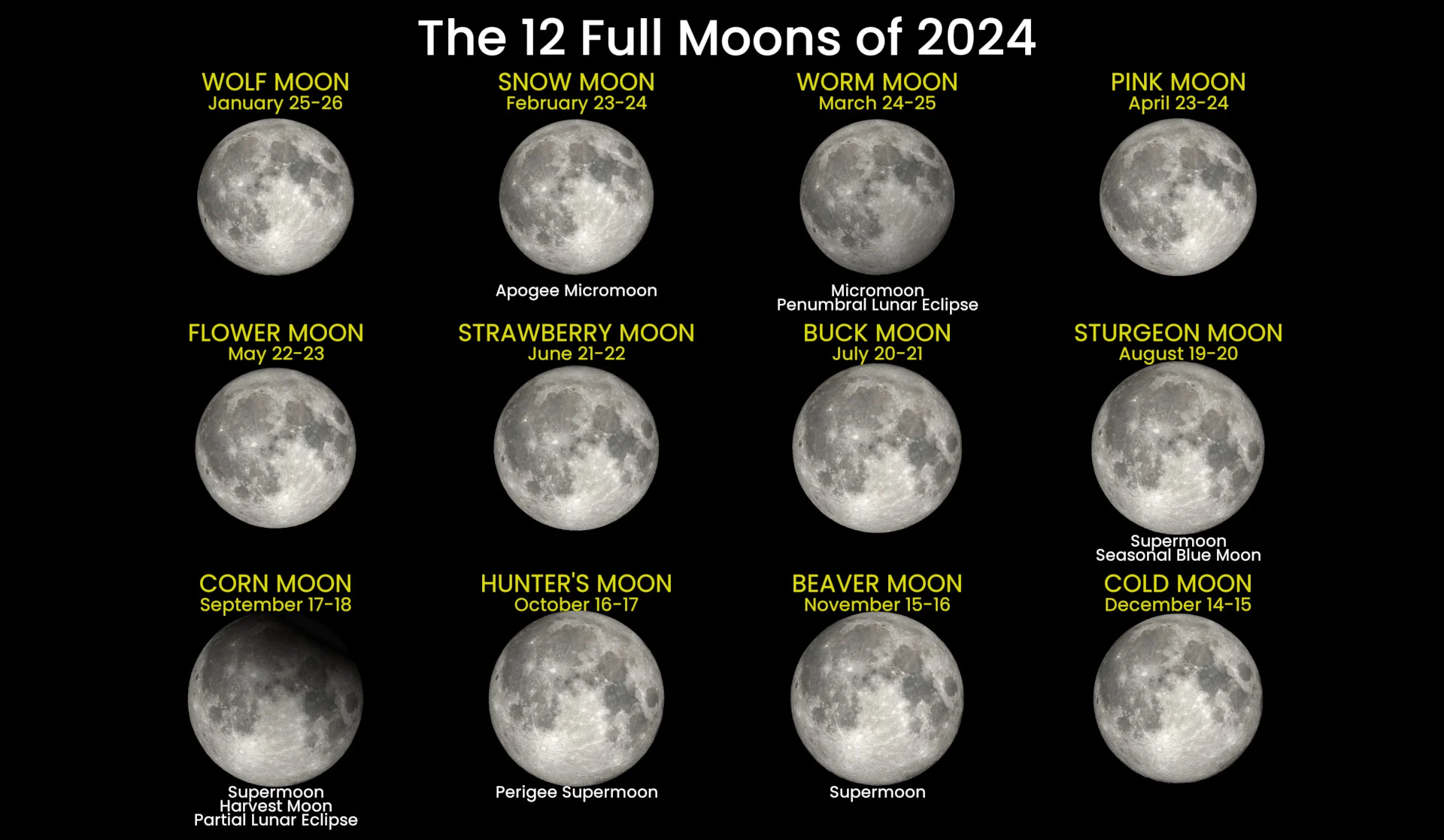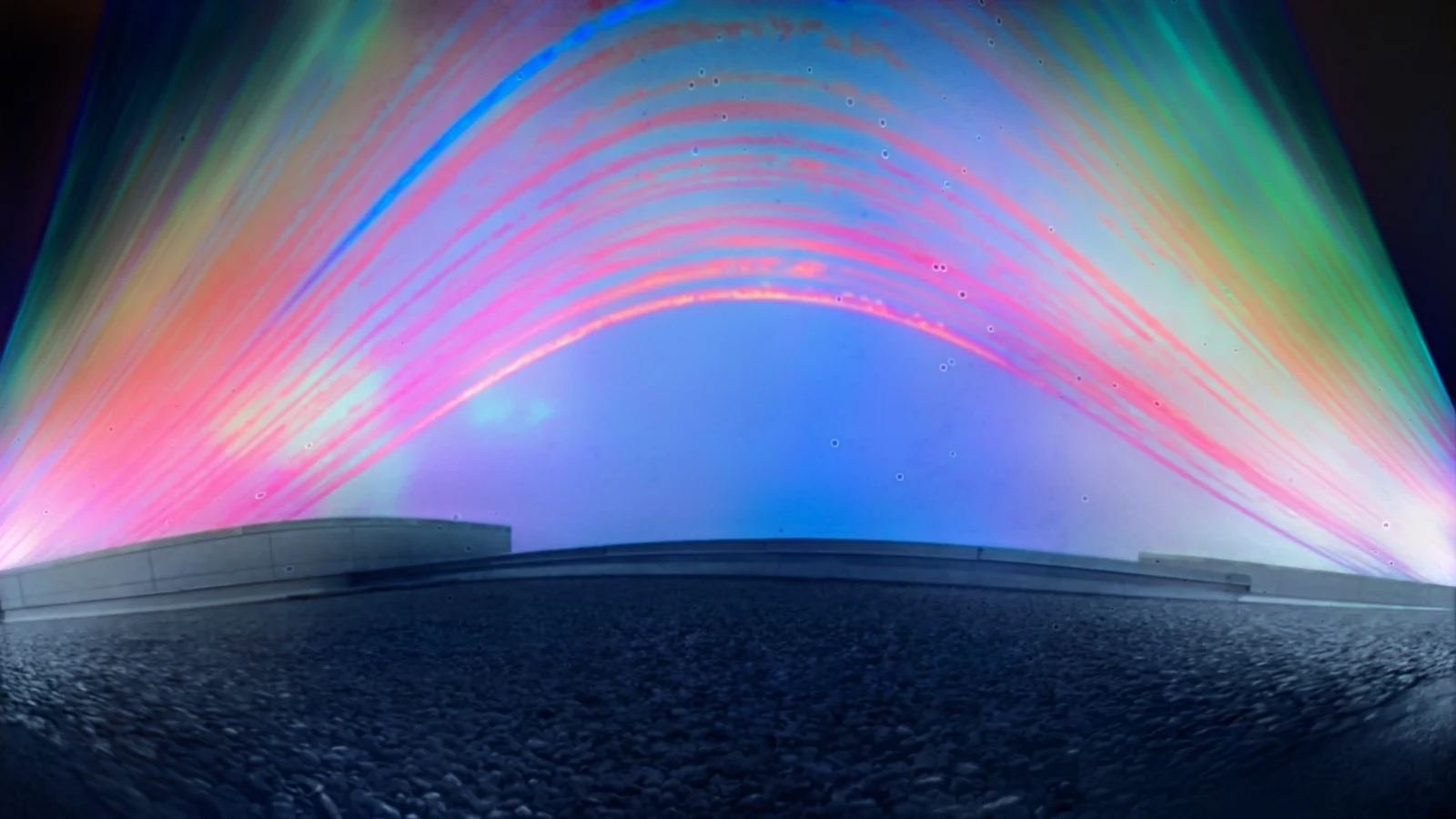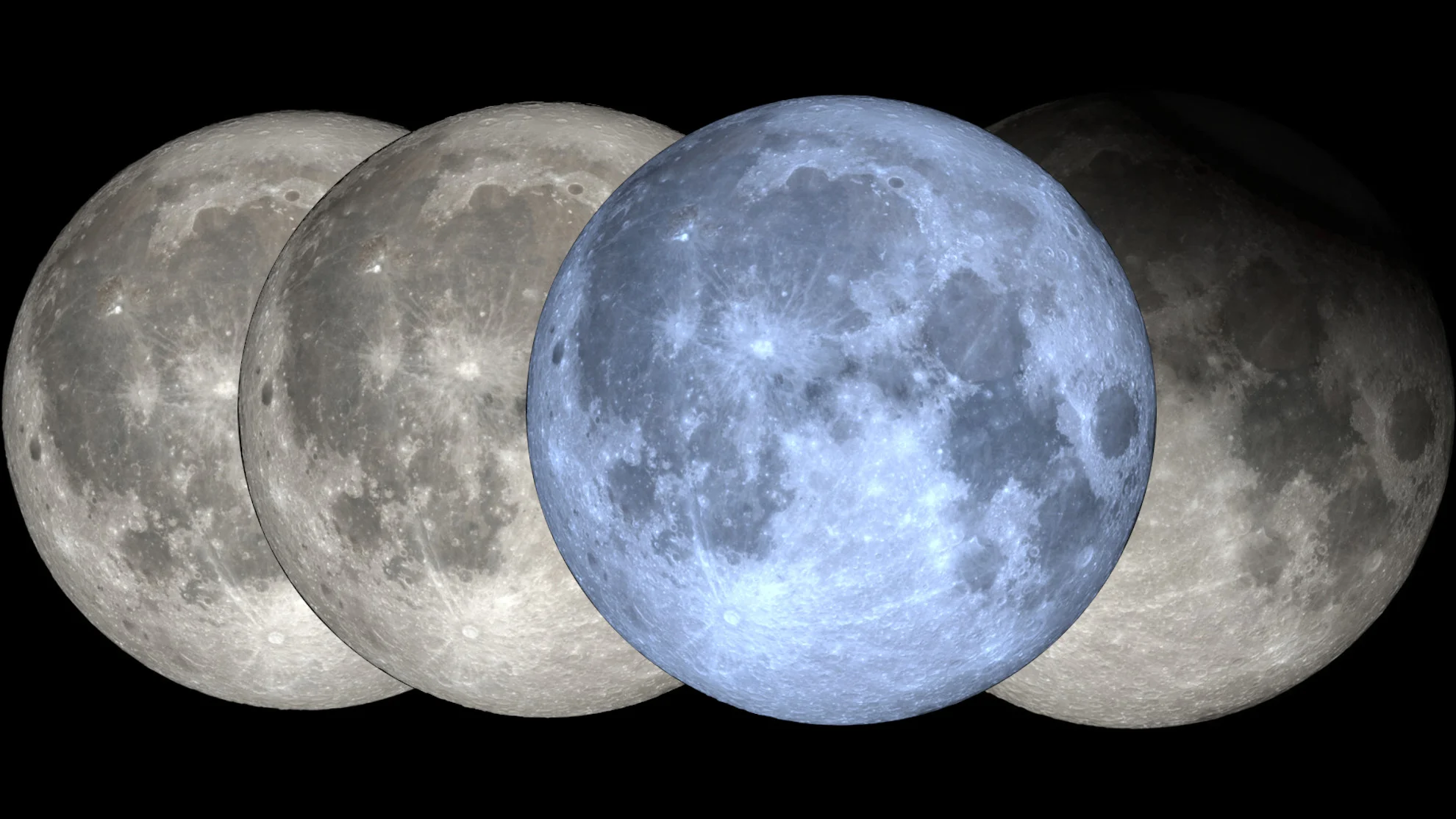
Title: Summer 2024 Night Sky: A Guide to Meteors, Planets, and Celestial Events
The summer night sky is a spectacle to behold, with a variety of celestial events that are sure to captivate stargazers. In this article, we will explore some of the most notable phenomena in the night sky during the summer months of 2024.
Meteor Showers: Perseids and Delta Aquariids
The summer season is known for its meteor showers, with two major events taking place in 2024. The Perseid meteor shower, which peaks on the night of August 12-13, is one of the most popular and reliable annual displays. This shower produces around 80-100 meteors per hour at its peak, making it a must-see event for skywatchers. The Delta Aquariids meteor shower, which peaks on July 30-August 1, offers a more modest display of around 20 meteors per hour but is known for its long duration and the presence of bright fireballs.
Planets: Mars, Jupiter, Saturn, and Venus
Four planets will be visible in the night sky during summer 2024. Mars and Jupiter will be close together in the eastern sky on August 14, making for a stunning conjunction. Saturn will reach opposition on September 8, offering an excellent opportunity to observe its rings and moons through a telescope. Venus, the brightest planet in our solar system, will gradually appear in the west as evening twilight begins by mid-August and climb to a position of prominence in the evening sky for the rest of the year.
The Milky Way: A Luminous Band of Stars
Summer is also an excellent time to observe our home galaxy, the Milky Way. This luminous band of stars traces the star-studded Milky Way, with bright parts arcing majestically overhead as summer wanes to fall. Three bright stars, Vega, Deneb, and Altair, form the Summer Triangle grouping and provide a useful reference point for locating other celestial objects.
Moon: Partial Lunar Eclipse on September 17
The full moon on September 17 will undergo a small partial lunar eclipse, with mid-eclipse occurring at 10:44 p.m. Eastern time in Washington. This event is visible from most of North America and offers an opportunity to observe the subtle changes in the moon's appearance during an eclipse.
Other Celestial Events: Auroras, Star Eclipses, and Blue Moons
Summer 2024 also brings a few rare celestial events. The aurora borealis may be visible from high-latitude locations in the northern hemisphere during summer months. A star eclipse occurs when the moon passes between Earth and a distant star, creating an intriguing interaction between our moon and another celestial body. Lastly, there will be four full moons between the summer solstice and the autumnal equinox: Strawberry Moon (July 21), Full Buck Moon (August 19), Full Sturgeon Moon (September 17), and Harvest Moon.








